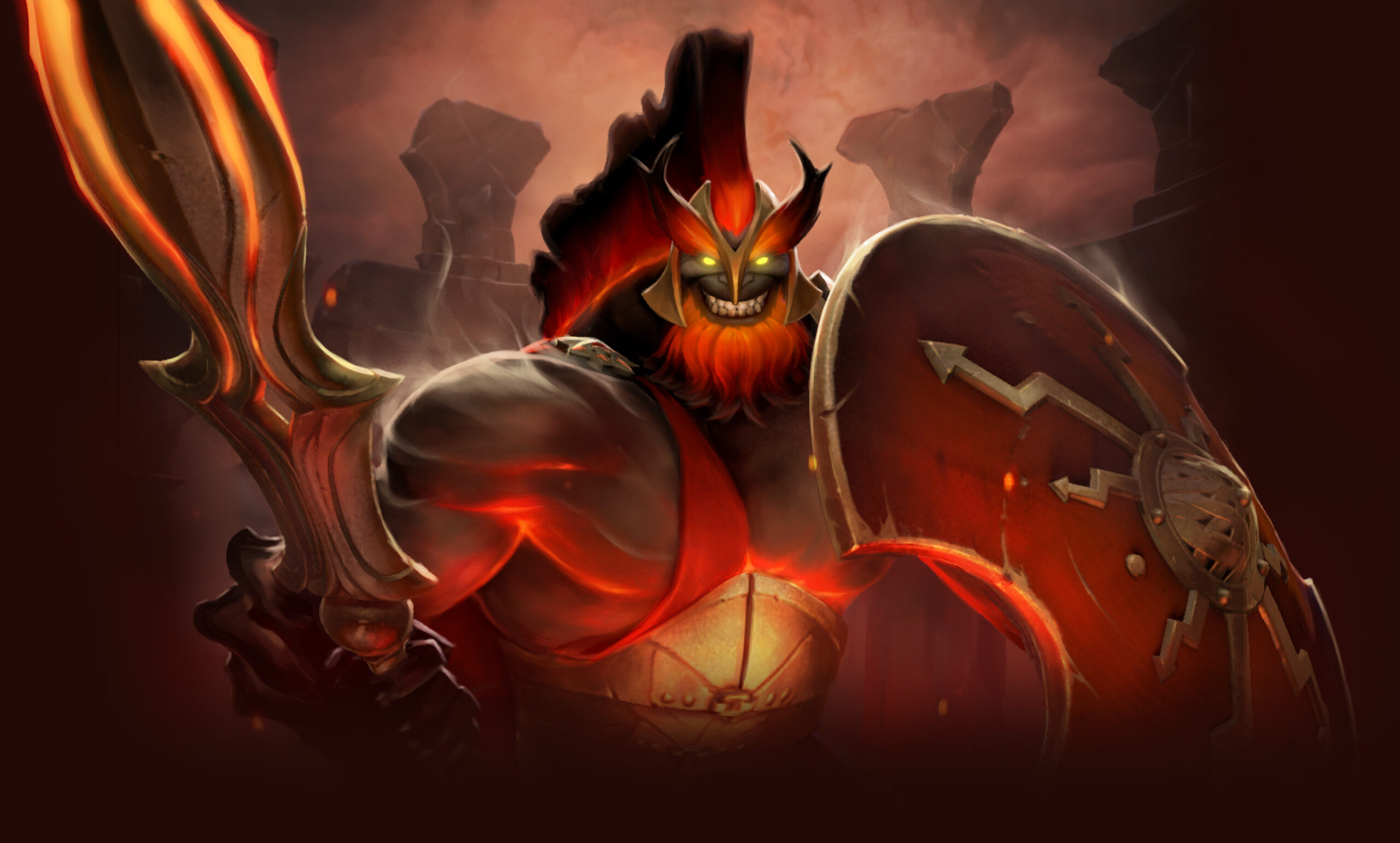Tools and strategies, using the terms in the way they are used in therapy (or what is called ‘therapy’) are essentially ways of creating the self. That’s what a ‘tool’ (in the psychological/therapeutic sense of the word) is – it’s a device for creating the self. Not only this, it is a device for creating the self whilst at the same time claiming to be a device for doing something else.
We see a tool or a strategy as a technically defined (and therefore reproducible) way of reliably obtaining a desirable outcome and this is what we find so attractive about them. This is why we are so favourably disposed towards them. The more tools, skills and strategies we have the better, as far as we are concerned. This is because we are only seeing the ‘cover story’, rather than seeing what’s really going on. Our unquestioning love of ‘tools’ in therapy, and our uncritical fervour in applying them, is clear evidence of our tremendous psychological naivety, in other words. At the one end of the tool is the problem that apparently needs to be fixed, that everyone says needs to be fixed, whilst at the other end is to be found the user of the tool, which is the illusory self which wants so badly to be rid of that ‘problem’ and so the more we use the tool the more we identify with the nominal user of the tool. The unreflective use of the tool reifies the notion of the user of the tool, in other words! The use of so-called ‘therapy tools’ always has the effect of reifying the illusion of the self – to do this is their undisclosed aim.
We are of course profoundly indisposed to seeing what is meant by the phrase ‘creating (or reifying) a self’! This sort of a statement doesn’t mean anything at all to us. This is our blind-spot; the whole notion of ‘the self as an arbitrary construct’ is our blind-spot, as Alan Watts says in The Book on the Taboo Against Knowing Who You Are. We really don’t want to ‘get’ this! What I call ‘myself’ is purely and simply a category of thought, a construct that has been manufactured by the thinking mind. ‘Self’ is an immunological phenomenon – it means ‘this but not that’. To believe that one is this self is to believe in certain conventions as if they were real. It is to believe in absolute limits. It is to believe in mind-created boundaries as if they were really there.
What we call the ‘self’ – and get so very protective about – is simply the thinking mind, therefore. It is mental category, nothing more, and a ‘mental category’ is just another way of talking about a thought. The self is a thought that has turned around and imprisoned us! Consciousness, on the other hand, can be pictured (as much as we can picture it) as the space around our thoughts. Thoughts are definite, black and white, either the one thing or the other, whilst the space around them is indefinite, non-exclusive, open-ended. That’s why it is called space, because it is expansive rather than ‘contractive’ – it is expansive because it contains no assumptions, because it doesn’t come with a set of in-built limits, because it isn’t definite about anything.
Space is expansive because it doesn’t pin anything down, because it doesn’t erect any barriers. The thinking mind isn’t expansive however, precisely because it is all about pinning stuff down and putting up barriers. The thinking mind operates by defining and definitions aren’t expansive but contractive – they contract around the world and don’t let it go. Definitions are like nooses that close in around us, getting tighter and tighter as time goes on, cutting off the circulation… Definitions close everything in; they have to do this if they are to be able to define anything. It’s not possible to define anything without sealing off what you have just defined from the rest of the universe and tying it up with a neat little bow. This whole business of narrowing reality down to make it either / or, of closing it down so that ‘what’s in the category stays in the category’ is purely a formal game – it has nothing to do with reality whatsoever.
The reason either / or divisions have nothing to do with reality is because they don’t exist in reality. There’s no such thing as either/or (unless we play the game that there is). There’s no such thing as ‘a boundary’, there’s no such thing as ‘a self’. These things-which-aren’t-things make sense within the terms of formal logic but formal logic is only a game that we play. We assume that there are hard-and-fast boundaries in the real world because we haven’t distinguished between this world and the purely formal world of logic. We say that there is ‘a self’, but there isn’t. Self’ means other, but there is no ‘other’ – we make ‘the other’ by insisting on the self. Reality can’t be divided up; it has no ‘outside’. What possible meaning can there be to saying that there are ‘divisions’ within reality, or that reality has ‘an outside’? What ‘different types’ of reality could there be? What is it that’s supposed to be ‘outside of reality’?
When we use tools, in the so-called ‘therapeutic’ sense of the word, what we’re doing therefore is to act as if there are very important divisions in reality; because we’re trying to get things to be one way and not the other (which is the point of tools) what we are doing is ‘reifying an imaginary boundary’. We are making the imaginary boundary very real, very significant for us. We’re actually making it absolutely significant – we’re making one outcome the complete opposite of the other, so that the one completely excludes the other. What bigger difference could there be than this therefore – from our subjective point of view at least?
This is the whole crux of the matter, however. Assuming the successful outcome (with regard to the inbuilt logic of the tool) to be absolutely different to the unsuccessful outcome is what creates the self. The self – we might say – is that viewpoint which assumes a basic polarity to the world. Right versus wrong is what the self is all about; no right and no wrong simple means ‘no self’. We don’t look at things this way, of course. We see tools as an excellent way of obtaining the right result, rather than being ‘an excellent way of reinforcing the delusion of polarity’! We have assumed that the desired outcome with regard to the use of tool to be the complete opposite of the undesired outcome (using the tool being our way of ‘making the assumption’) and then straightaway – without taking a look back at what we have just done – we launch right into the task of making sure (to the best of our ability) that things end up being the one way rather than the other. We put all our energy and attention into ‘using the tool’, in other words; or as we could also say, ‘using the tool’ necessarily means ‘not questioning the need for the tool’.
As far as we are concerned (and we can’t see otherwise) we’re working away at using the tool correctly so as to get the right results. We’re working away at ‘obtaining the opposite we want rather than the one we don’t want’, and this effort is seen as being unquestionably legitimate by one and all. We’re striving to obtain the goal, and that is great. As long as we’re making this effort (to use the tool correctly) then no one can say a word against us. But what we’re really working away at (if only the truth were known) is at creating the self which sees one outcome as being utterly exclusive of the other. We’re working away at maintaining the polarization that we have created and this polarization simply equals ‘the self’. As we have said, this is what the self is – it’s a ‘polarizing viewpoint’. It’s when we split the world into good / bad, right /wrong, friend / enemy, useful / useless, etc.
It might be argued – naively, of course – that the state of mind or state of being that we are trying to bring about really is very different from the one which we are currently stuck with. It certainly feels that way! I am anxious and I want to reach a state of calm – two apparently very different states. I am angry or resentful and I want to be at peace with the world. I am depressed and I want to be not-depressed. I hate myself and I want to accept myself. This is what therapy tools are all about; they are about bringing about – to some extent at least – this sort of change. How – we might ask – is a state of anxiety not different from a state of calm? How is being depressed not different from feeling OK? It might sound absurd to say that there isn’t any difference but the point is that the difference only exists from the conditional viewpoint of the unreal self!
What we can’t for the life of us see is that this polarization, this absolutely significant difference between the one mental state and the other is the self. That’s what makes the self the self – the fact that it sees the world in terms of unquestionable polarities, polarities that seem to be built into the very structure of the universe, the very nature of reality. As we keep saying, the self IS the polarization. The self lives on this knife-edge between good and bad, right and wrong, success and failure; it can’t not exist on the knife edge between opposites because it is the knife edge. The self is therefore a complete contradiction, ‘a mixture of yea and nay’ as D. H. Lawrence says, even though it can’t see it. There’s no leeway here, no ‘grace’ given; there is no space between the one thing and the other. There’s no space at all – there is as we have said ‘no space to be had in definitions’!
This situation of not being granted any grace or leeway is very well illustrated by what we call ‘perfectionism’. The perfectionist is driven by the non-negotiable need to get things exactly right, but at the same time he never can get them exactly right. He never can get things exactly right because ‘exactly right’ doesn’t exist in the real world – ‘exactly right’ is merely an abstraction, a projection of the thinking mind and nothing more. This abstraction – because it is so definite – creates a contradiction that can’t be resolved – the more more we emphasize RIGHT, the bigger the spectre of WRONG becomes, and so we end up being chewed up by the grinding jaws of paradox. The abstraction which we call ‘getting things right’ is an extension of the abstraction which we call ‘the self’; what is going on here is therefore, as Alan Watts says, analogous to the situation of a puppy madly chasing its own tail. The self is frantically chasing after its own projections, fully believing as it does so that they have an independent existence out there in the real world…
So the puppy in this case is the everyday self and the ‘chasing’ is activity whereby we try to obtain the desired opposite rather than the feared one. This ‘chasing’ is an odd kind of a business; it is a completely self-contradictory act that we cannot see to be self-contradictory. It is self-contradictory because at the same time as obtaining the outcome we want we are also obtaining the outcome that we don’t want. Success and failure are conjoined, inseparable. We can never obtain the result we are after, which is to get the positive without the negative. We’re chasing after a mirage and this orientation towards delusion means that our lives as the grasping, goal-orientated self is fundamentally frustrating. But at the same time it could be said that our self-frustrating activity does bear fruit in another way – the struggle to do what cannot be done produces the believable illusion of the self!
The ‘puppy’ which is the everyday self isn’t real yet by continually straining to catch up with its own (unreal) projections it gains the impression – mistaken as it may be – that it genuinely does exist. We’re creating the illusion of the self with our perpetual attempt to gain one opposite without the other. The believable illusion of the self is what we are really after, so even though the struggle itself is never going to work out in the way that it looks as if it is (in the way that it implicitly claims it will) it nevertheless works out on another level. Our ‘hidden agenda’ (the agenda we can never allow ourselves to become aware of) has been met, so ‘all is well’ with regard to our unacknowledged need to believe unquestioningly in the concrete self. We never believed in anything as much as we believe in this! We’ll doubt anything but we won’t doubt that we are this distinctly ludicrous ‘self’…
And yet what we have achieved with all our manoeuvring, all our trickiness is really only never-ending frustration, as we have already said. We are now heirs to the frustration of the driven perfectionist in an imperfect world, the frustration of the gambler who has staked everything on a bet he is never going to win. All we have succeeded in obtaining for ourselves is the privilege of being forever caught in an unacknowledged self-contradiction. As Alan Watts says –
Nothing fails like success – because the self-imposed task of our society and all its members is a contradiction: to force things to happen which are acceptable only when they happen without force.
So here we have the central irony of all purposeful action, the irony that – in our everyday unconscious life – we are so very far from seeing. This irony applies with particular force to what we (rather dubiously) call ‘therapy’. The reason we like talking about ‘tools’ and ‘strategies’ so much is because we want to escape from the pain that we’re in. We’ve had enough of this pain, we want to get shot of it once and for all. We are favourably disposed to all this hyped-up talk of tools and skills and strategies because we’re unfavourably disposed to the pain we’re in. It’s the same thing. But what the tool is really doing is creating the self, and the self is the very root of our suffering! We’re creating (with our attempts to put into practice the tools and strategies our therapists have given us) the very knot of pointless tension that we are suffering. We’re creating the very thing we want to be cured from. We’re suffering from constriction and we constrict ourselves even more. We’re suffering from being cooped up in pointless definitions, and so we define ourselves even more. We’re suffering from being repressed and so we repress ourselves even more, and all in the name of therapy!
What really will help us is anything that allows us to move away from the mental category called ‘self’. Any movement away from the self-contradicting abstraction which is the notion of ‘me’ is a movement into freedom. Freedom is what helps, not endlessly reiterating the pointless boundaries of the unreal self, not trying to quash the difficulties that are always going to be generated by our hapless identification with this contradictory, anxiety-producing mental construct. But as we have said there are no tools or skills or strategies that can help us move away from the mental category called ‘self’. Who after all is going to use the tool that is going to help us escape from this abstraction? Can a strategy free us from our addiction to strategizing? Therapy tools claim to be there to help us ‘fix problems’, but – as we could very plainly see if we had any actual psychological insight – what they really do is reinforce the actual cause of the problems…






